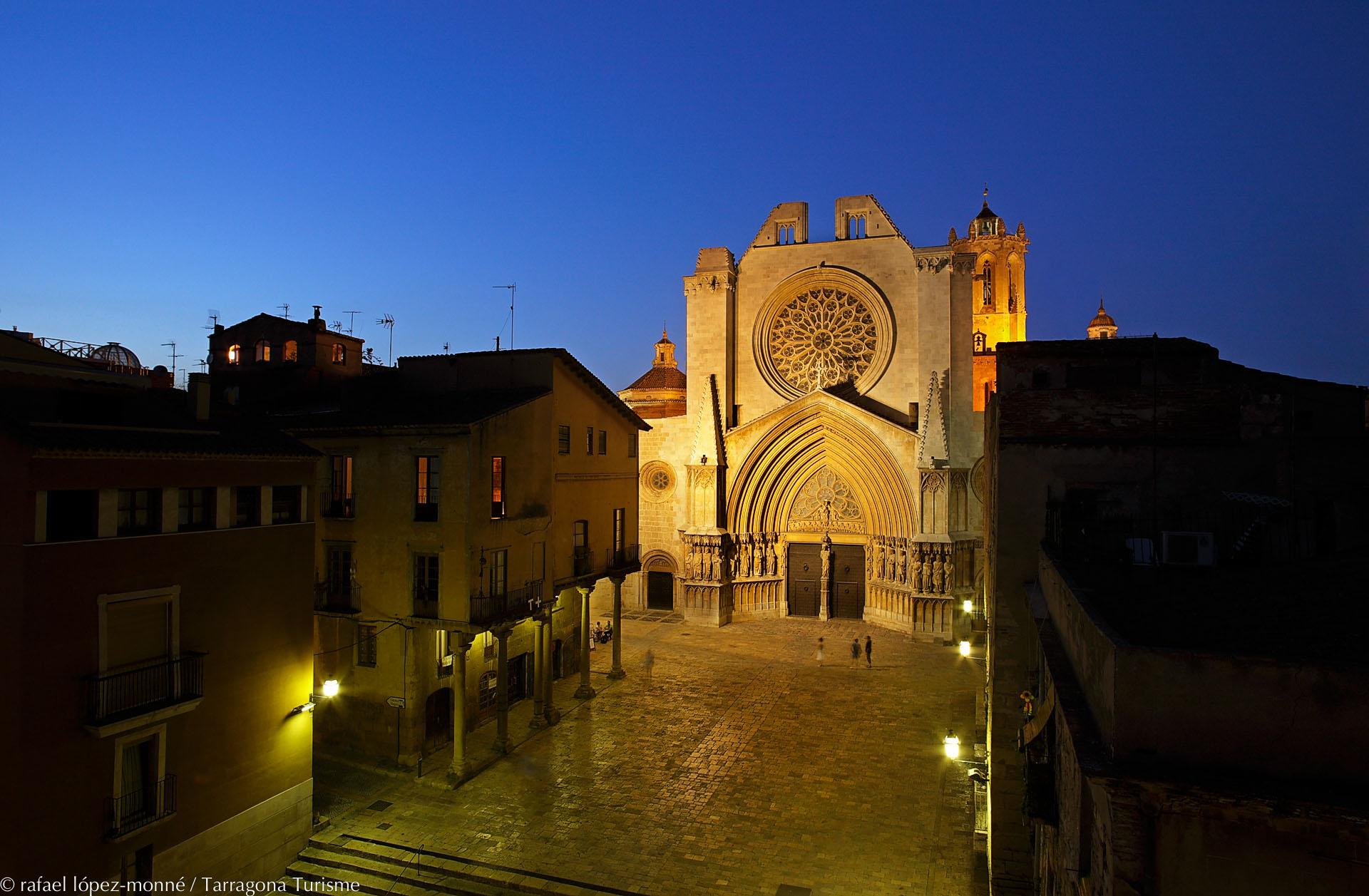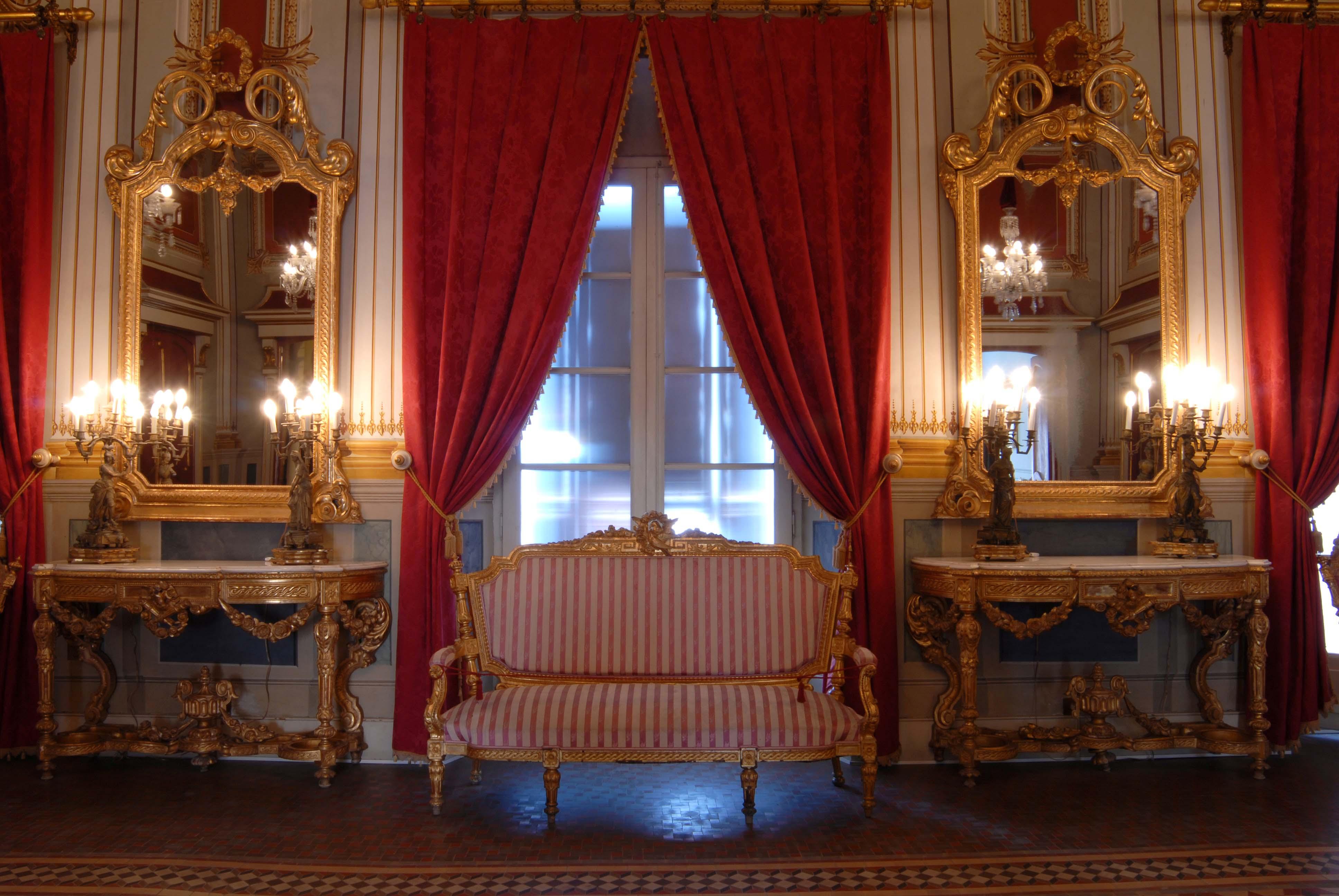Museums of Tarragona
Tarragona offers visitors a wide array of cultural attractions in its numerous museums. Here, visitors can get acquainted with the history of Tarraco, collections of religious art from medieval and modern times, stately homes, a tapestry by Joan Miró, the past of the Port of Tarragona, the traditional festive ‘bestiary’, and historical objects from the city’s famous football club. For a better grasp on the diversity and different legacies that made today’s Tarragona, the museums here can be classified according to time periods: Roman, Medieval, Modern, and Contemporary Tarragona.
Museums of Roman Tarragona
The National Archaeological Museum of Tarragona (MNAT) is the oldest of its kind in Catalonia, established in the first half of the 19th century. The exhibits in the MNAT encapsulate eight centuries of the history of Tarraco. The MNAT houses one of the most iconic pieces of Tarragonan archaeology: the Ivory Doll, which dates from the third or fourth century AD and was discovered inside the tomb of a girl in Tarragona’s Early Christian Necropolis. The remains of gold threads found next to the piece confirm that these dolls were dressed in costumes that echoed the children’s and adults’ clothing at that time.
The Early Christian Museum and Necropolis complex forms a monographic section of the National Archaeological Museum of Tarragona. Here you will find the remains of the villa dating from the second century BC and the in situ remains of the large Tarraco cemetery dating from the Late Roman period. The first discoveries from the Early Christian Necropolis were made in 1923, when work on the construction of a tobacco factory revealed this hidden treasure, which forms part of the archaeological complex of Tarraco. Two outstanding pieces here are the tombstone of Optimus and Lleons Sarcopagus.
Museums of Medieval Tarragona

Cathedral and Diocesan Museum. The construction of the Cathedral, dedicated to Santa Tecla (St. Thecla), started in the 12th century in Romanesque style, and continued into the Gothic era, being consecrated in 1331. However, it remained unfinished due to the Black Plague. Thanks to its grandeur and strength, the cathedral of Tarragona is considered a preeminent cathedral in Catalonia. Its façade, with its huge portal and rose window, is one of the city’s most iconic images. Entering through the cloister gives access to the Diocesan Museum, which houses a notable collection of religious art from the medieval and modern ages from Tarragona and its diocese.
The Biblical Museum of Tarragona was founded in 1930. It houses a large collection of archaeological, literary, artistic, and educational material, taking you back to the fascinating world of Judeo-Christian culture. In one of the rooms, you can see a huge underground cistern dating from medieval times, that recreates the atmosphere of an Essene scriptorium from the second century BC.
Museums of Modern Tarragona
Casa Canals is one of the few stately homes in Tarragona that has been entirely preserved to the present day. The house dates from the Modern Era and contains a Civil War refuge. You can visit the main floor, the garden, and the terrace with its beautiful views over the Roman walls.

Casa Museu Castellarnau (MHT) was built in the 15th century. In the Middle Ages, this street was where the nobility lived, where the mansions and palaces of the city’s leading families were built. These included the house of the Castellarnau family, preserved today as a museum. In 1542 it housed Emperor Charles I during his stay in Tarragona. The ballroom is the most emblematic room here, with the ceiling dressed in mythological paintings by the Provençal painter Josep Bernat Flaugier (late 18th century).
Museums of Contemporary Tarragona
Tarragona Provincial Council founded the Museum of Modern Art in 1976 and it currently occupies three meticulously restored 18th century houses. Various permanent exhibitions, including works by the painter Joan Miró and the sculptor Julio Antonio, can be seen here. After admiring the Tarragona Tapestry, a monumental piece measuring 2.80 x 4.20 metres by Joan Miró in collaboration with Josep Royo, don’t miss one of the Museum’s most striking spaces, the courtyard, that gathers natural light to illuminate the surrounding rooms.

The Port Museum, renovated in July 2021, takes you deep into the maritime traditions of Tarragona. Since the summer of 2020, the Port has been involved in the comprehensive restoration of its cultural spaces, and this work has culminated in a new, modern space for showcasing the Port’s heritage, offering an exciting museum experience thanks to the advanced interactive media. This technology will help you immerse yourself in the sea to learn about the Port’s history.
In Tarragona’s Casa de la Festa (Festival House) you can visit the exhibition of the Seguici Popular (Popular Retinue) - Festival of Santa Tecla, which has been recognised for its national and regional tourist interest. The tour explains the rituals sequence as well as its pre-eminent co-stars, the castellers (human tower builders), throughout history. There are three exhibition rooms to discover the celebrations and emotions of these internationally renowned festivities. You can now also take a virtual tour.
The Museum and Store of Tarragona’s Gimnàstic Football Club opened in 2018, after restoration of an emblematic venue for the club, where “Nàstic” had its sports facilities for many years. The ground floor houses the club’s shop, where you can find the official Nàstic strip, while the Museum is on the first floor. The objects in the permanent exhibition belong to the club, but there are also objects donated by different people associated with the entity, which are displayed in chronological order, from the origins of the club to the present day.
More about this thematic experience.
